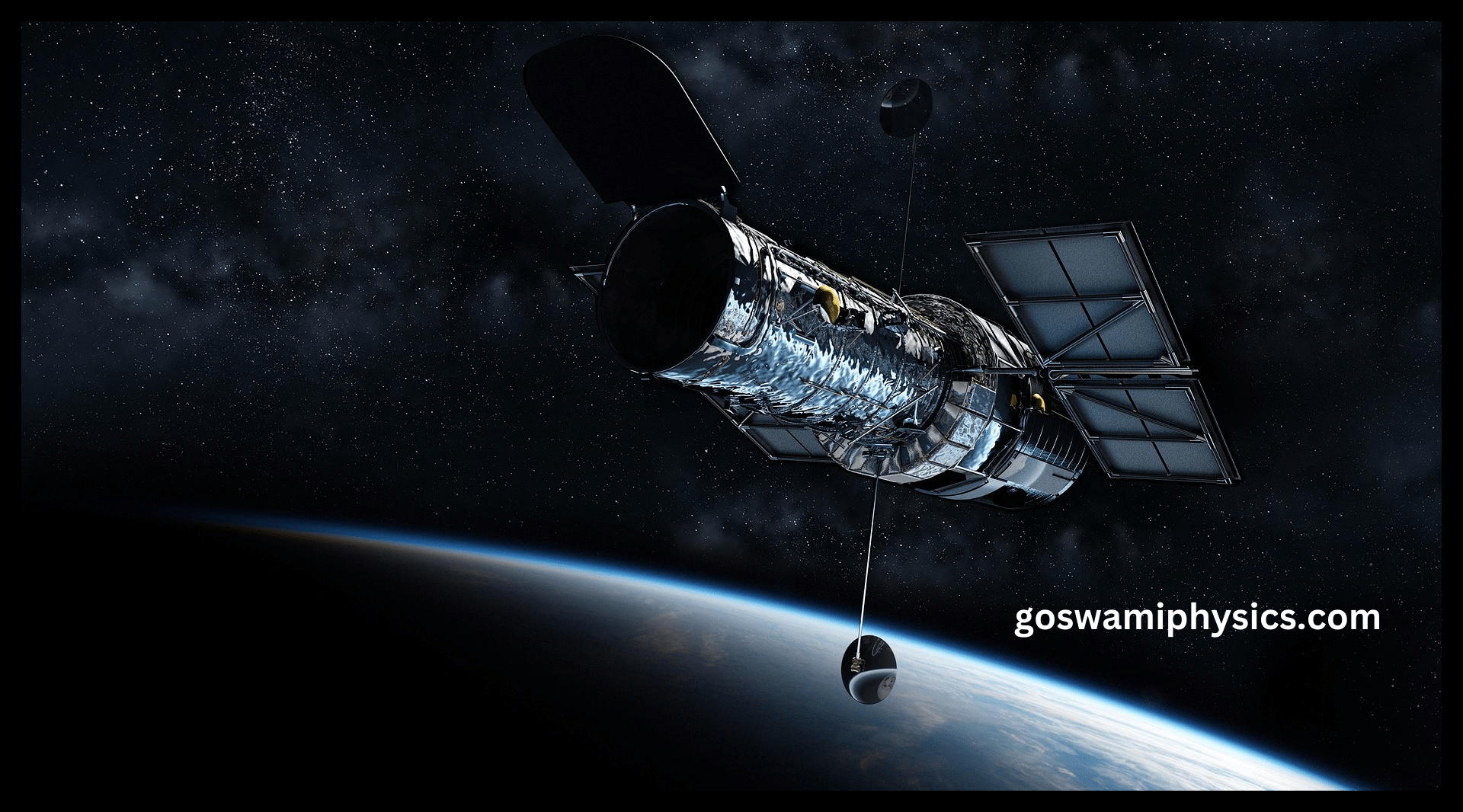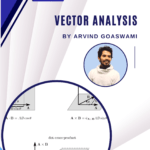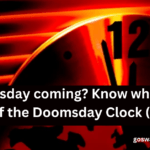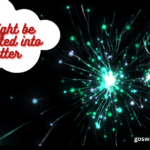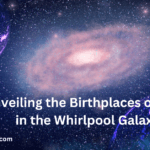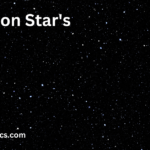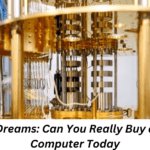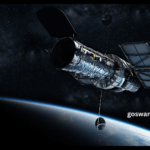It has been three decades since Hubble’s first servicing mission (STS-61). So let us discuss some points of this mission. Before discussing, let’s see some history related to Hubble.
What is The Hubble Space Telescope(STS-31 mission)
The Hubble Space Telescope (HST) is a space-based astronomical observatory that has provided stunning images and valuable data about the universe since its launch. The telescope is named after astronomer Edwin Hubble and was launched into orbit by Space Shuttle Discovery (STS-31 mission) on April 24, 1990. The Hubble Space Telescope is a joint project between NASA (National Aeronautics and Space Administration) and the European Space Agency (ESA).
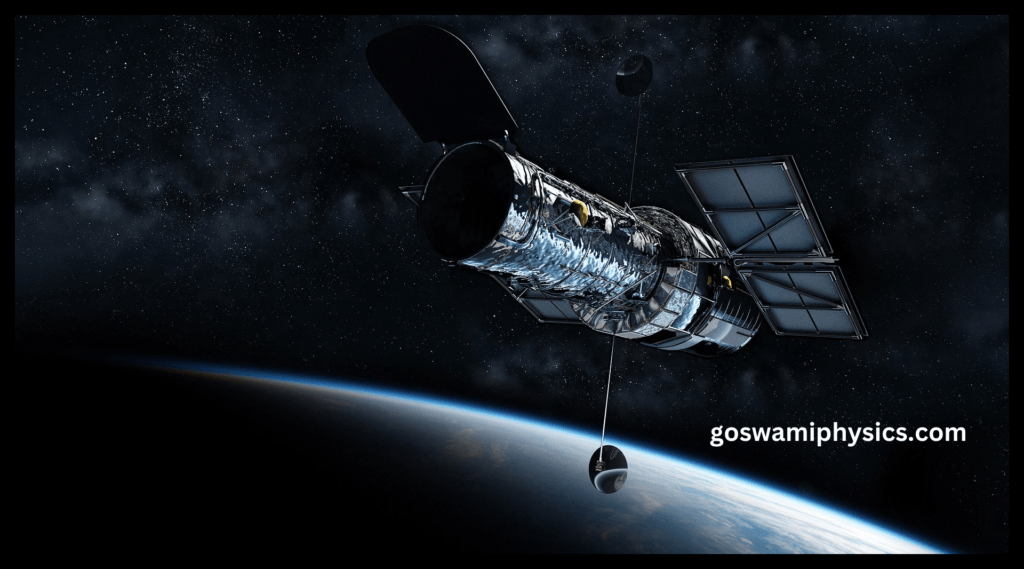
The function and goals of the Hubble Space Telescope include observing distant galaxies, nebulae, and other celestial objects, as well as studying the properties of these objects to enhance our understanding of the universe. Hubble has made significant contributions to various fields of astronomy, such as determining the universe’s rate of expansion, discovering new planets and their atmospheres, and capturing detailed images of distant galaxies and nebulae. Certainly, this mission revolutionized astronomy.
Hubble’s First Servicing Mission(STS-61)
As for STS-61, it refers to the Space Shuttle mission that serviced the Hubble Space Telescope. STS-61, also known as Hubble Space Telescope Servicing Mission 1 (HST-1), took place from December 2 to December 13, 1993. The mission aimed to correct optical problems caused by a defect in the telescope’s primary mirror. , The crew of Space Shuttle Endeavor performed a series of spacewalks to install corrective optics and other equipment, which significantly improved the telescope’s performance.
An extremely successful telescope, the Hubble Space Telescope has been in space since 1990. Deployed in orbit above Earth, the telescope has sent back hundreds of thousands of images over its more than three decades of operation.
Since Hubble orbits above the Earth, it allows mesmerizing views of the universe that have enhanced our overall understanding.
First blurry images
However, just after deployment in 1990, NASA scientists discovered that there was a malfunction with Hubble’s primary mirror. The quality of the first images taken by this telescope was quite poor, making the features of the Picts appear blurry. However, the saving grace was that Hubble was designed to be able to make repairs while in orbit.
Hubble’s self-repair feature, designed before it went into space – along with the vision of those who conceived the mission, has led to its excellent longevity. This planned phaseout provided an opportunity not only to repair and replace equipment but also to update the technology using new equipment. The first of such planned repair missions – Servicing Mission 1 (SM1) – took place in December 1993.
Space Shuttle Endeavor was launched from Florida on December 2, 1993. The seven astronauts aboard were specially trained to approach and repair Hubble while it was in orbit for the first time. Just a few days later, Endeavour’s robotic arm was used by mission specialist Claude Nicollier to grab Hubble and gently secure it to the shuttle’s cargo bay.
The main reason behind blurry images
It is worth noting that the initial blur was because the outer edge of Hubble’s main mirror was flattened to a depth of 2.2 microns i.e. about one fiftieth (1/50) the thickness of our hair! Due to this, it started scattering the light instead of bringing it into focus.
Corrective Optics Space Telescope Axial Replacement (COSTAR)
COSTAR was designed to fix this and consisted of three instruments, a Faint Object Camera, a Faint Object Spectrograph, and a Goddard High Resolution Spectrograph, all of which aimed to precisely pinpoint the incident light rays. Along with this, five pairs of corrective mirrors were installed. These mirrors were smaller than coins.
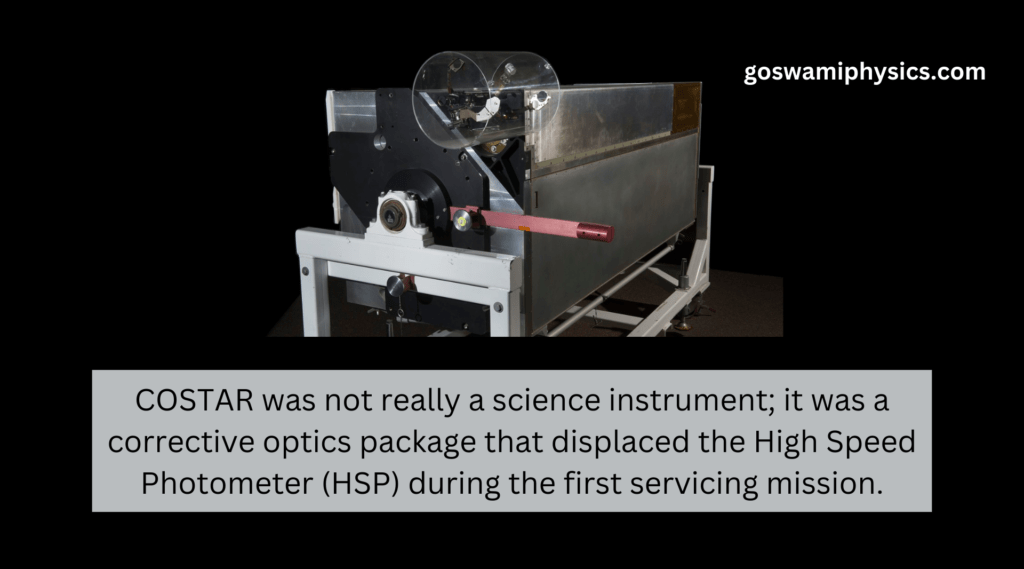
In addition, the Wide Field and Planetary Camera 1 (WFPC1) was replaced by WFPC2 during SM1 to improve performance. WFPC2 became Hubble’s most used instrument for many years and was responsible for more than 135,000 photographs of the universe.
COSTAR became redundant after technological advances were implemented during Servicing Mission 3B in 2002. COSTAR was removed by the astronauts of Servicing Mission 4 in 2009 and WFPC2 was replaced by Wide Field Camera 3 (WFC3) during the same mission.
Astronauts’ spacewalks to The Hubble Space Telescope (HST)
Since that time, five spacewalks have been conducted, one each from December 4–8. During the first spacewalk, astronauts Story Musgrave and Jeff Hoffman replaced some of Hubble’s gyroscopes and electrical control units for the gyro. In the second spacewalk, conducted by Tom Akers and Kathy Thornton, they replaced Hubble’s solar arrays with solar arrays that were better equipped to handle temperature changes.

